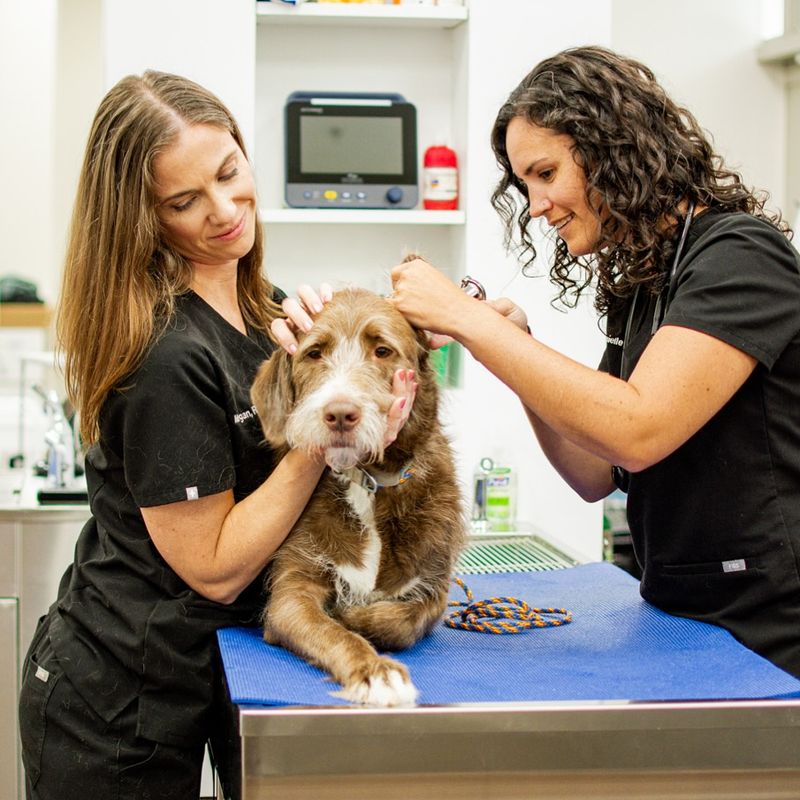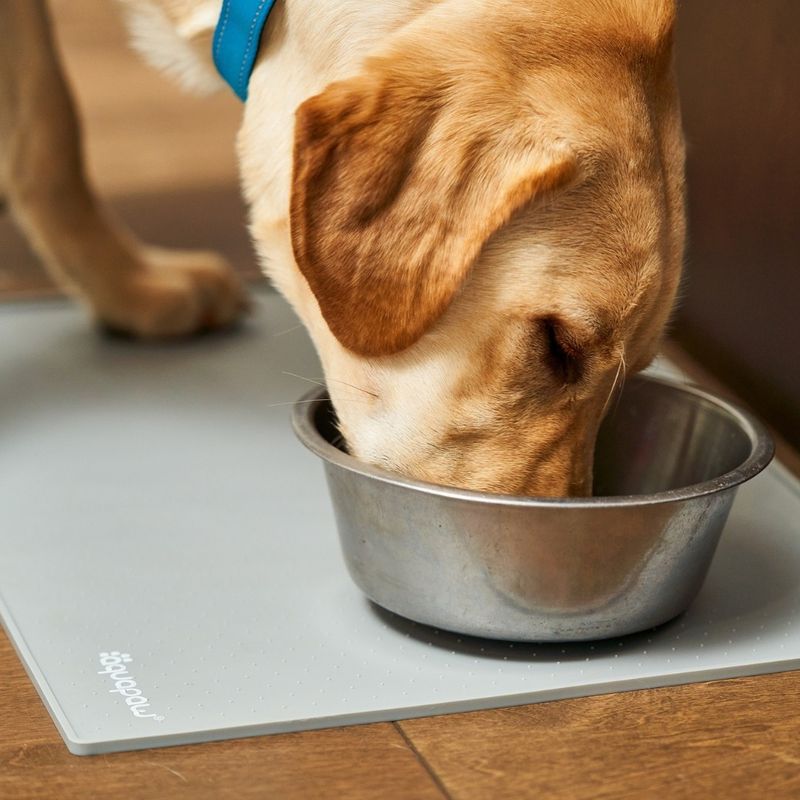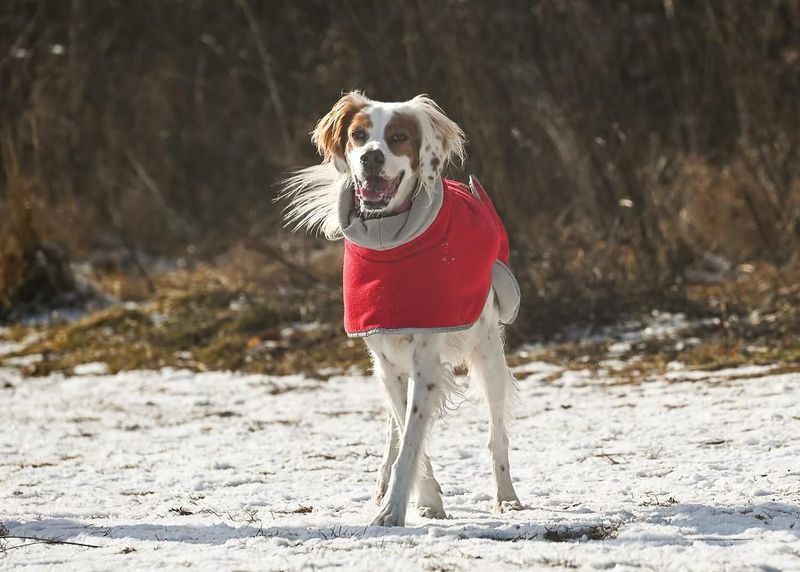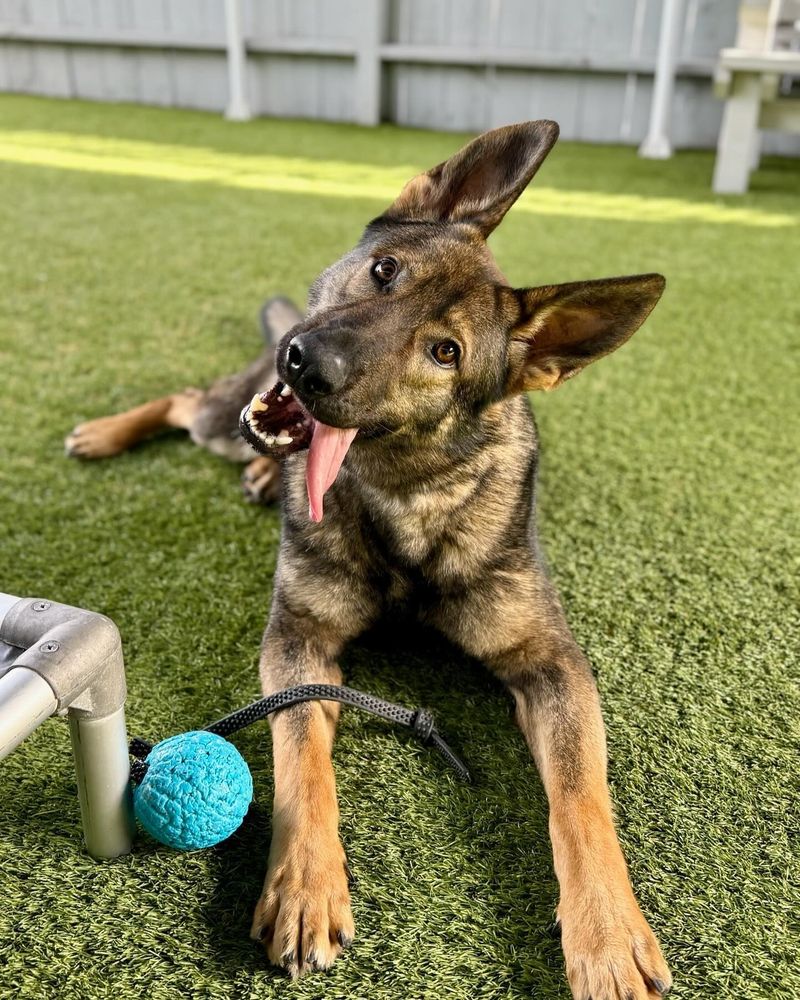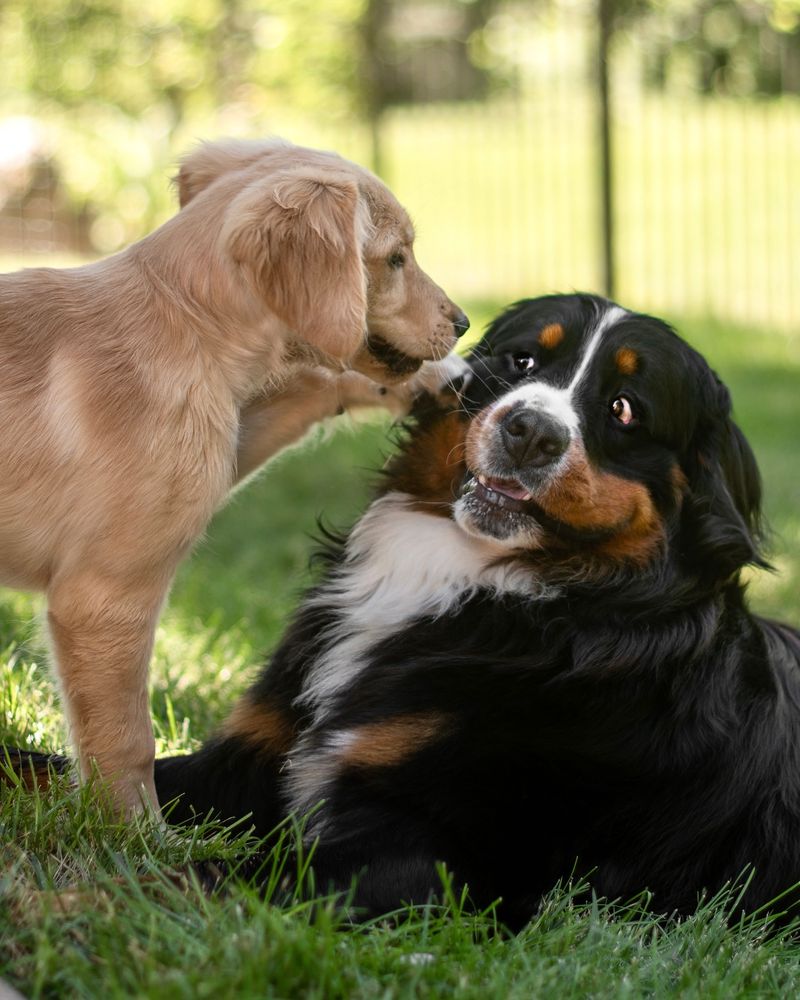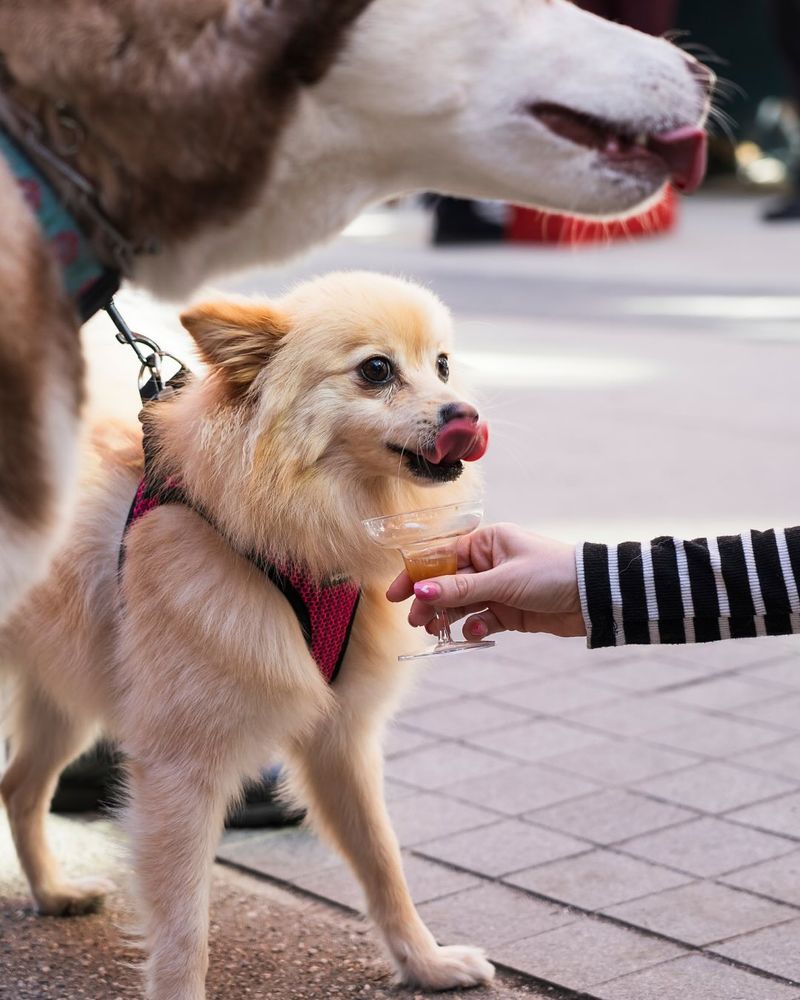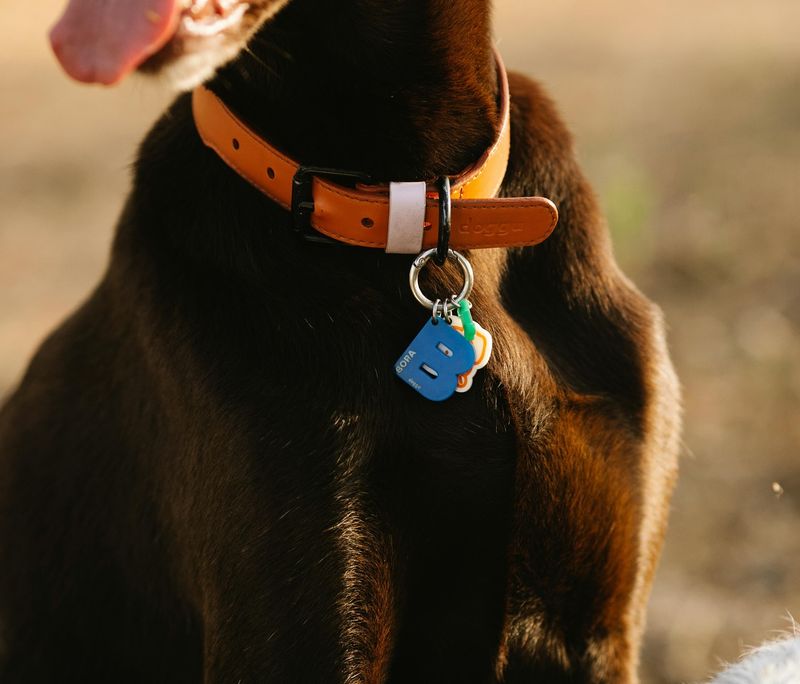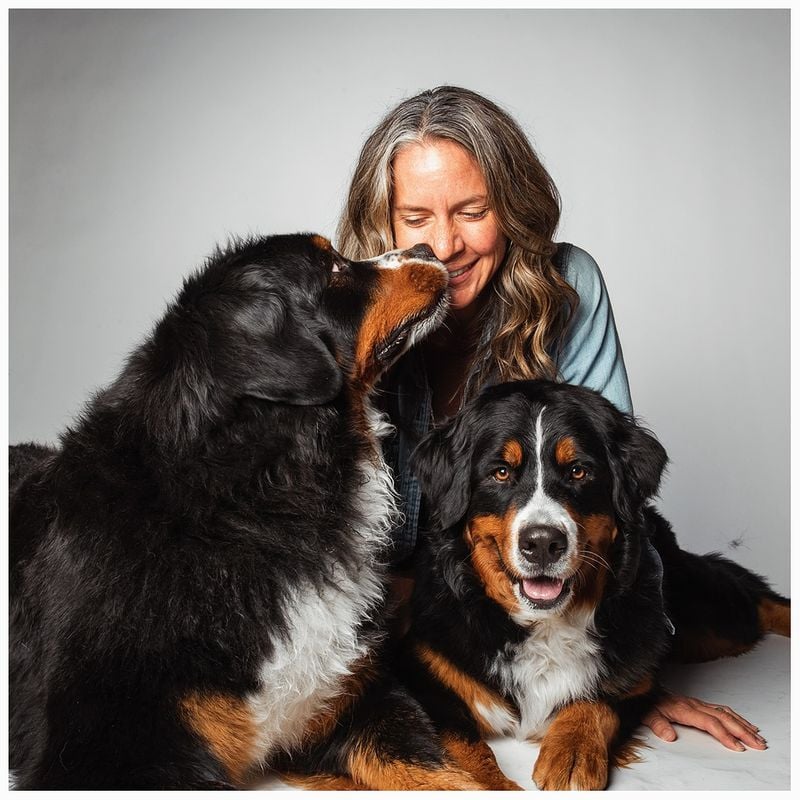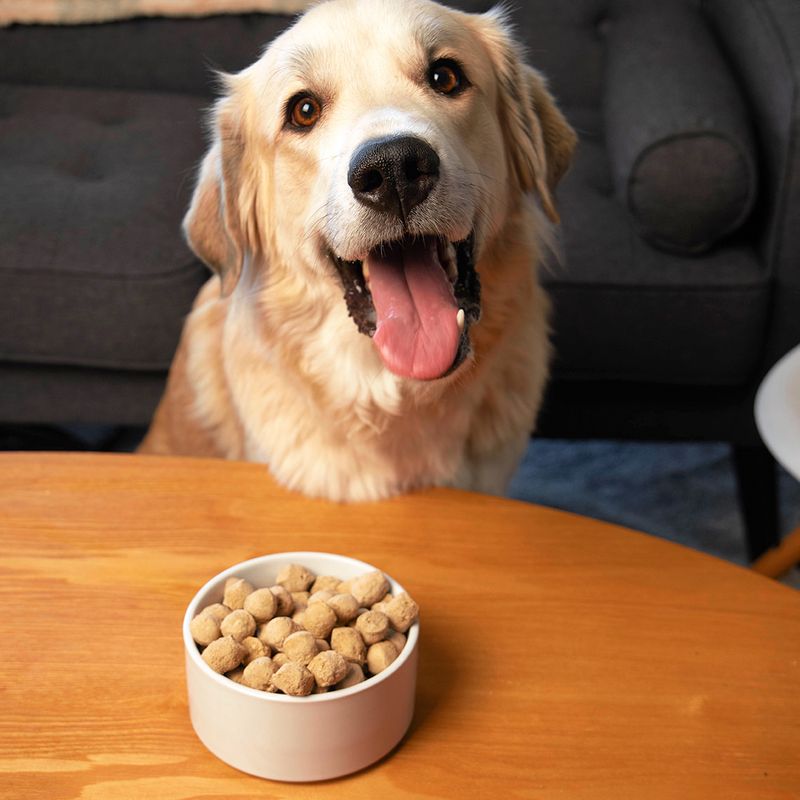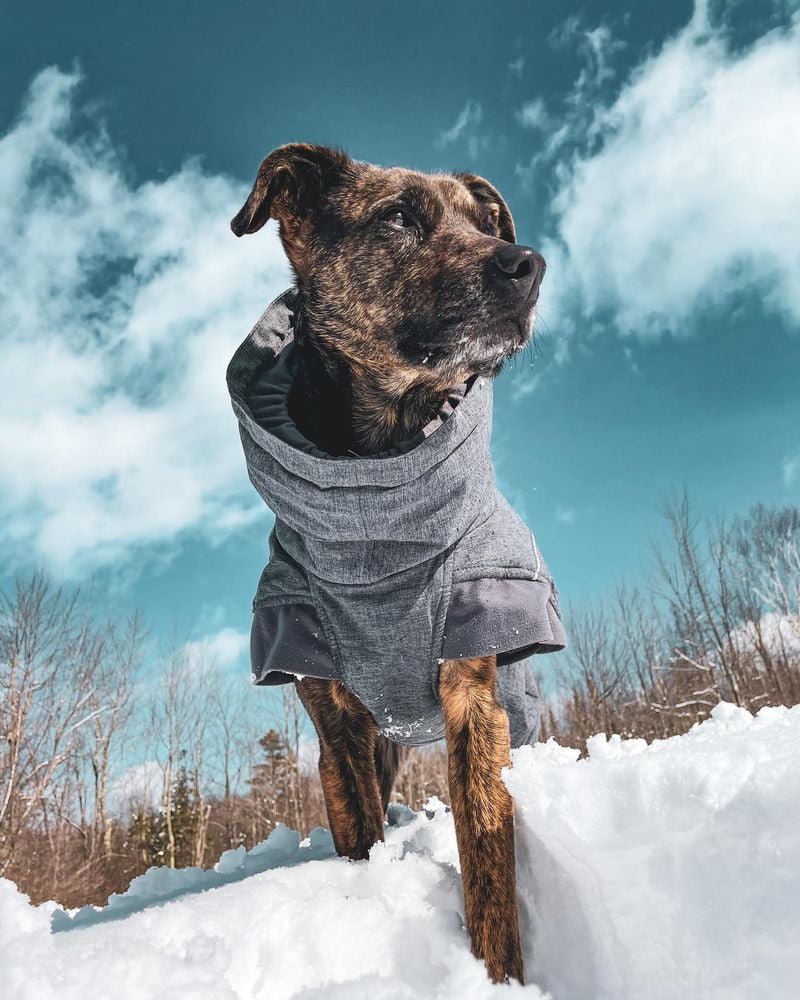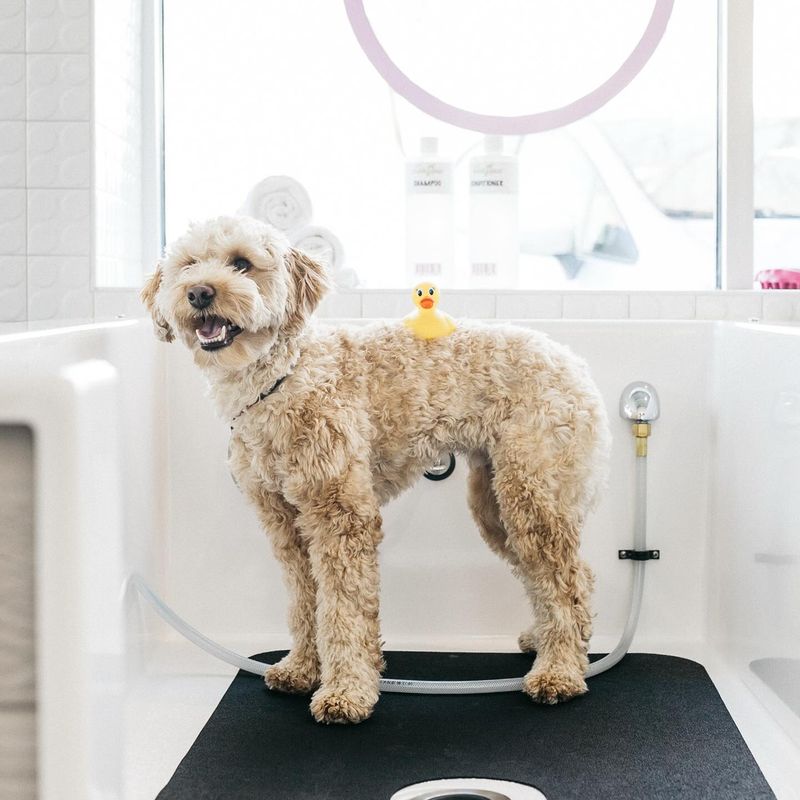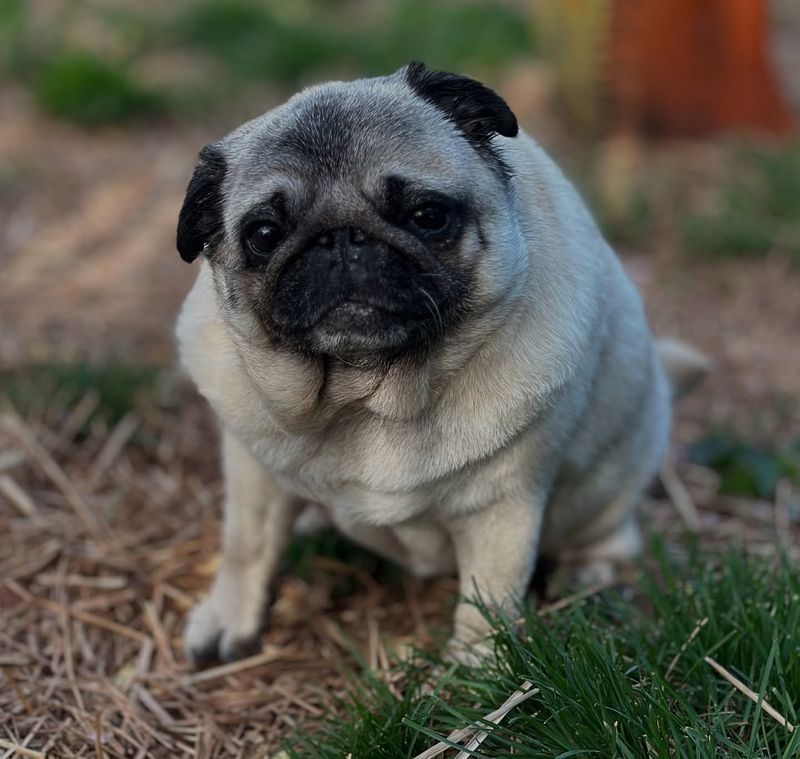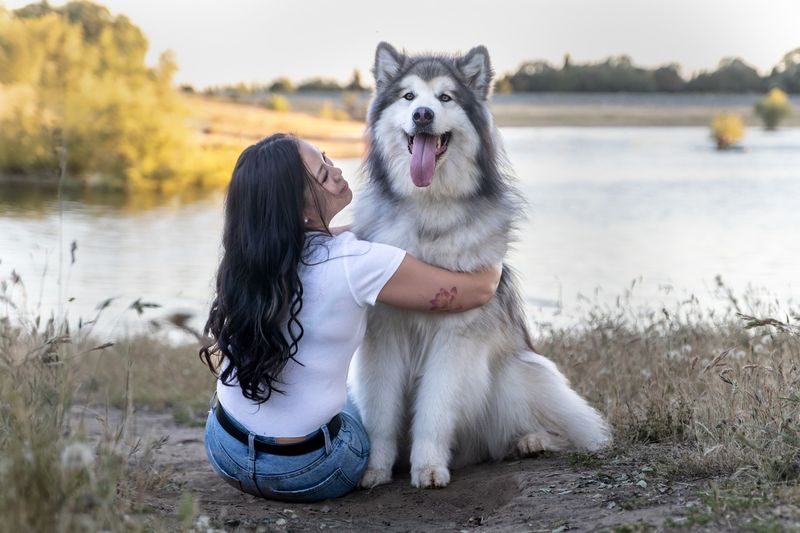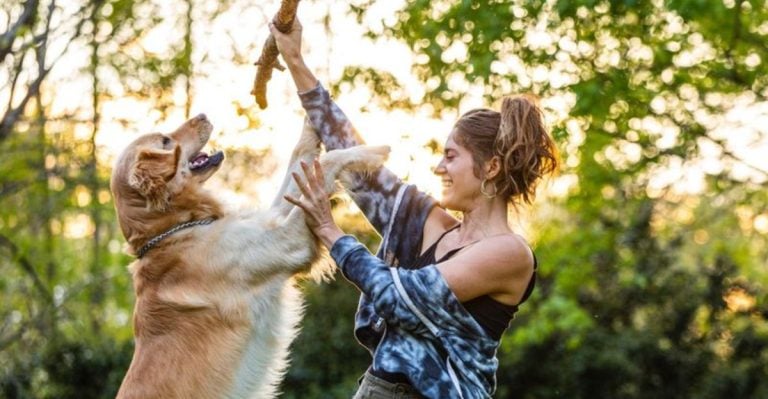21 Things Every Responsible Dog Owner Does to Keep Their Pup Happy and Healthy
Bringing a dog into your life is one of the most rewarding experiences you can have, but it also comes with a huge responsibility. Dogs aren’t just pets; they become beloved family members who depend on us for their wellbeing every single day.
From their meals and medical care to playtime and training, everything you do shapes your dog’s quality of life. Being a responsible dog owner goes far beyond giving treats and belly rubs—it means creating an environment where your furry friend feels safe, loved, and truly cared for.
Whether you’re a first-time pup parent or a seasoned dog lover, understanding what your dog needs to thrive is essential. Dogs communicate differently than humans—they can’t tell us when they’re feeling sick, anxious, or bored. That’s why it’s up to us to provide more than just basics: regular vet visits, balanced nutrition, daily exercise, and mental stimulation are the pillars of good dog care.
Responsible owners know that a healthy dog is a happy dog, and that happiness is built on trust, routine, and attention.
But it’s not just about physical health. Dogs crave social connections, clear boundaries, and consistent training to feel confident and secure in their world. They also need mental challenges to keep their sharp minds engaged and prevent destructive behaviors born of boredom. And as dogs age, their needs change, requiring even more thoughtful care.
This guide covers everything responsible dog owners do to give their four-legged companions the best life possible. Whether you want to boost your pup’s health, deepen your bond, or simply be a better dog parent, the steps here will help you create a loving, balanced home where your dog can flourish.
Because when you care well for your dog, the love they give back is unconditional, and truly priceless.
1. Regular Veterinary Check-ups
Dogs can’t tell us when something hurts, which makes those yearly vet visits super important. Your veterinarian can spot health problems before they become serious, keeping your furry friend feeling their best.
Puppies need more frequent visits for vaccines and growth checks, while senior dogs benefit from twice-yearly exams to catch age-related issues early. These check-ups also give you a chance to ask questions about behavior, diet, or anything else that might worry you.
Think of your vet as your dog’s health partner – they’re there to help your pup live a long, tail-wagging life!
2. Balanced Nutrition
Feeding your dog isn’t just about filling the bowl with whatever’s on sale. Quality nutrition forms the foundation of your pup’s health, affecting everything from coat shine to energy levels and even lifespan.
Choose dog food that lists real meat as the first ingredient and matches your dog’s age, size, and activity level. Some dogs have special needs – like weight management, sensitive stomachs, or allergies – that require specific formulations.
Measure portions carefully to prevent obesity, which can lead to joint problems and diabetes. Fresh water should always be available, and treats should make up no more than 10% of daily calories.
3. Daily Exercise
A tired dog is a happy dog! Exercise isn’t optional – it’s essential for your pup’s physical and mental wellbeing. Different breeds need different amounts of activity, but all dogs need some form of daily movement.
High-energy breeds like Border Collies or Huskies might need several hours of vigorous exercise, while smaller or older dogs might do well with gentle walks. Mix up the routine with walks, play sessions, swimming, or hiking to keep things interesting.
Regular exercise prevents behavior problems caused by boredom and pent-up energy, while helping maintain a healthy weight and strong muscles. Your dog’s wagging tail after a good play session tells you everything!
4. Proper Training
Training isn’t about showing off tricks – it’s about building communication and trust between you and your dog. Basic commands like sit, stay, and come can literally save your dog’s life in dangerous situations.
Positive reinforcement methods using treats, praise, and play work much better than punishment. Consistency is key – everyone in the household should use the same commands and rules to avoid confusing your pup.
Training sessions should be short (5-15 minutes) and fun, ending on a positive note. Even older dogs can learn new things, so don’t believe that myth about old dogs and new tricks!
5. Grooming Routine
Brushing your dog does more than keep your furniture fur-free – it’s a health check, bonding time, and beauty treatment all in one! Regular grooming helps you notice any unusual lumps, skin issues, or parasites early.
Long-haired breeds need brushing several times a week to prevent painful mats, while short-haired dogs might need just a quick weekly once-over. Bathing frequency depends on your dog’s lifestyle and coat type – too frequent washing can actually dry out their skin.
Don’t forget about nail trims, ear cleaning, and tooth brushing – these less obvious grooming tasks prevent discomfort and serious health issues down the road.
6. Dental Care
Bad breath in dogs isn’t just unpleasant – it’s often a sign of dental disease that can affect your pup’s overall health. Plaque buildup leads to gingivitis and eventually periodontal disease, which can damage the heart, kidneys, and liver if bacteria enter the bloodstream.
Brushing your dog’s teeth daily with dog-specific toothpaste is ideal, though even a few times weekly makes a difference. Dental chews, water additives, and special toys can help supplement brushing.
Professional cleanings at the vet are sometimes necessary, especially for breeds prone to dental issues. Starting dental care when your dog is young helps them get used to having their mouth handled.
7. Socialization Opportunities
Dogs are social creatures who need positive interactions with other dogs, people, and environments to develop confidence and good behavior. A well-socialized pup is less likely to develop fear-based aggression or anxiety.
Puppy socialization classes offer controlled environments for young dogs to learn appropriate play and communication. For adult dogs, dog parks, playdates, and walks in different neighborhoods provide mental stimulation and social opportunities.
Remember that quality matters more than quantity – one negative experience can create lasting fear, so always monitor interactions carefully and respect your dog’s comfort level. Some dogs prefer one-on-one play while others love group settings.
8. Mental Stimulation
Physical exercise alone isn’t enough – dogs need brain workouts too! Mental stimulation prevents boredom-related behavior problems like excessive barking, digging, or destructive chewing.
Puzzle toys that dispense treats make mealtime more challenging and fun. Training sessions that teach new tricks engage your dog’s problem-solving abilities. Scent games that tap into your dog’s amazing nose provide natural mental stimulation – try hiding treats around the house for your pup to find.
Rotating toys keeps things interesting, and activities like agility, nose work, or herding (even informal backyard versions) give purpose to breeds with strong working instincts. A mentally tired dog is a content dog!
9. Parasite Prevention
Fleas, ticks, heartworms, and intestinal parasites aren’t just gross – they’re dangerous to your dog’s health and sometimes even to human family members. Year-round prevention is much easier than dealing with an infestation or disease.
Monthly medications prescribed by your vet protect against multiple parasites at once. Regular fecal tests check for intestinal parasites that might not be visible. Keeping your yard clean by promptly removing waste reduces environmental contamination.
Check your dog regularly for ticks after outdoor adventures, especially in wooded areas or tall grass. Remember that some parasites, like heartworms, can be deadly but are completely preventable with consistent medication.
10. Safe Environment
Dogs explore the world with their mouths, making them vulnerable to household dangers we might overlook. A quick home safety check can prevent emergencies and heartbreak.
Keep toxic foods like chocolate, grapes, and xylitol-containing products out of reach. Secure trash cans to prevent access to dangerous items like chicken bones or moldy food. Store cleaning products, medications, and chemicals in cabinets that your clever pup can’t open.
Check your yard for toxic plants and ensure fencing is secure without gaps. Inside, manage cords that could be chewed and remove small objects that could be swallowed. Baby gates can block off areas that aren’t dog-proofed when you can’t supervise.
11. ID Tags and Microchipping
Even the most careful owners can experience the panic of a lost pet. Having proper identification dramatically increases the chances of a happy reunion if your dog gets loose.
ID tags should include your current phone number and address – information that allows anyone who finds your dog to contact you immediately. Microchipping provides permanent identification that can’t fall off or become unreadable like a collar tag.
Remember to register your microchip with your current contact information and update it whenever you move or change phone numbers. Many shelters and veterinarians scan found pets for microchips, making this tiny implant a potentially life-saving measure.
12. Appropriate Shelter
Dogs need safe, comfortable spaces that protect them from extreme temperatures and weather. Indoor dogs should have a designated bed or crate that serves as their personal sanctuary – a place they can retreat to when tired or overwhelmed.
Outdoor time should always be supervised, especially in very hot or cold conditions. Dogs left outside need a proper shelter that’s insulated, raised off the ground, and protected from wind, rain, and direct sun.
Remember that certain breeds are more sensitive to temperature extremes – brachycephalic (flat-faced) dogs struggle in heat, while small or short-coated breeds get cold quickly. Your dog’s comfort should always come before convenience.
13. Quality Play Time
Playing with your dog isn’t just fun – it strengthens your bond, provides exercise, and satisfies their natural instincts. Different dogs enjoy different games based on their breed and personality.
Retrievers often love fetch, terriers might prefer tug-of-war, and herding breeds might enjoy chase games. Rotating toys keeps play sessions exciting, and interactive games challenge your dog mentally as well as physically.
Watch your dog’s body language during play to ensure they’re having fun, not getting stressed. A play bow (front end down, rear end up with a wagging tail) is a clear signal your pup is enjoying the game and wants more!
14. Weight Management
Nearly half of all pets in America are overweight, putting them at risk for joint problems, diabetes, heart disease, and shortened lifespans. Keeping your dog at a healthy weight is one of the most important things you can do for their long-term health.
You should be able to feel your dog’s ribs without pressing hard, and see a defined waist when viewed from above. Measure food portions accurately instead of eyeballing them, and account for treats in the daily calorie count.
If your dog needs to lose weight, work with your vet on a safe plan that includes both diet modification and appropriate exercise. Weight loss should be gradual – about 1-2% of body weight per week.
15. Seasonal Care Adjustments
Just like humans, dogs need different care as the seasons change. Summer brings risks of heatstroke, burned paw pads on hot pavement, and water safety concerns during swimming adventures.
Winter challenges include protecting sensitive paws from ice, salt, and cold temperatures. Some dogs need sweaters or coats, especially short-haired breeds or seniors. Spring and fall bring seasonal allergies for many dogs, requiring medication or environmental management.
Adjust exercise timing to avoid the hottest or coldest parts of the day, and be aware that older dogs and puppies are more sensitive to temperature extremes. Seasonal awareness keeps your pup comfortable year-round.
16. Consistent Rules and Boundaries
Dogs thrive on routine and clear expectations. Consistent rules create a sense of security because your dog understands what behaviors earn rewards and which ones don’t.
All family members should enforce the same boundaries – if one person allows couch privileges while another doesn’t, your confused pup won’t understand what’s expected. Decide early on about furniture access, begging at the table, jumping on people, and other common behaviors.
Consistency doesn’t mean harshness – positive reinforcement for good behavior works better than punishment. Your dog wants to please you but needs clear guidance to understand how. Fair, consistent boundaries create a confident, well-behaved companion.
17. Senior Dog Accommodations
As dogs age, their needs change, just like ours do. Senior dogs often need softer beds to cushion arthritic joints, more frequent bathroom breaks, and ramps or steps to help them navigate furniture or cars.
Regular wellness checks become even more important as age-related conditions develop. Many older dogs benefit from supplements like glucosamine for joint health or special senior diets that support aging bodies.
Exercise remains important but should be adjusted to your senior’s abilities – shorter, gentler walks rather than long runs. Mental stimulation helps keep aging minds sharp, so continue training and using puzzle toys. Your gray-muzzled friend deserves special care in their golden years!
18. Emergency Preparedness
Emergencies happen without warning, and having a plan for your dog can make a critical difference. Create a pet emergency kit including medical records, medications, food, water, and comfort items.
Know the location and contact information for your regular vet, the nearest emergency vet clinic, and pet-friendly evacuation shelters. Consider taking a pet first aid course to handle minor emergencies and stabilize your dog until professional help is available.
Keep a pet carrier accessible for quick evacuation, and ensure your dog is comfortable being handled in various ways that might be necessary during an emergency. A little preparation provides peace of mind for unexpected situations.
19. Regular Bathing Schedule
Bath time isn’t just about keeping your dog smelling fresh – it’s an important part of skin and coat health. Most dogs need bathing every 1-3 months, though this varies based on coat type, activity level, and skin conditions.
Always use dog-specific shampoo, as human products have the wrong pH balance for canine skin. Lukewarm water is most comfortable, and thorough rinsing prevents irritating shampoo residue. Pay special attention to often-overlooked areas like under the tail, between paw pads, and facial folds in certain breeds.
Make bath time positive with treats, praise, and patience. Starting slow with puppies creates a lifetime of easier grooming experiences.
20. Respecting Breed-Specific Needs
Every dog breed (or mix) comes with unique characteristics that influence their care requirements. Working breeds like Border Collies or Australian Shepherds need mental challenges and jobs to prevent boredom and frustration.
Brachycephalic breeds such as Bulldogs or Pugs require careful monitoring in hot weather to prevent breathing difficulties. Northern breeds like Huskies need extra exercise and cool environments, while small breeds often need more frequent meals to maintain stable blood sugar.
Research your dog’s breed background to understand their natural instincts and needs. Even mixed-breed dogs show traits from their genetic heritage that, when understood and accommodated, lead to a happier, more balanced pet.
21. Love and Attention
The most important thing you can give your dog costs nothing but means everything – your time and affection. Dogs are pack animals who form deep emotional bonds with their humans and genuinely need your companionship to thrive.
Quality time includes belly rubs, ear scratches, talking to your dog, and simply being present together. Physical touch releases feel-good hormones in both you and your dog, strengthening your connection.
Make time each day for focused attention where your dog is the priority – not just background company while you’re on your phone. This emotional connection forms the foundation of your relationship and contributes significantly to your dog’s sense of security and happiness.

